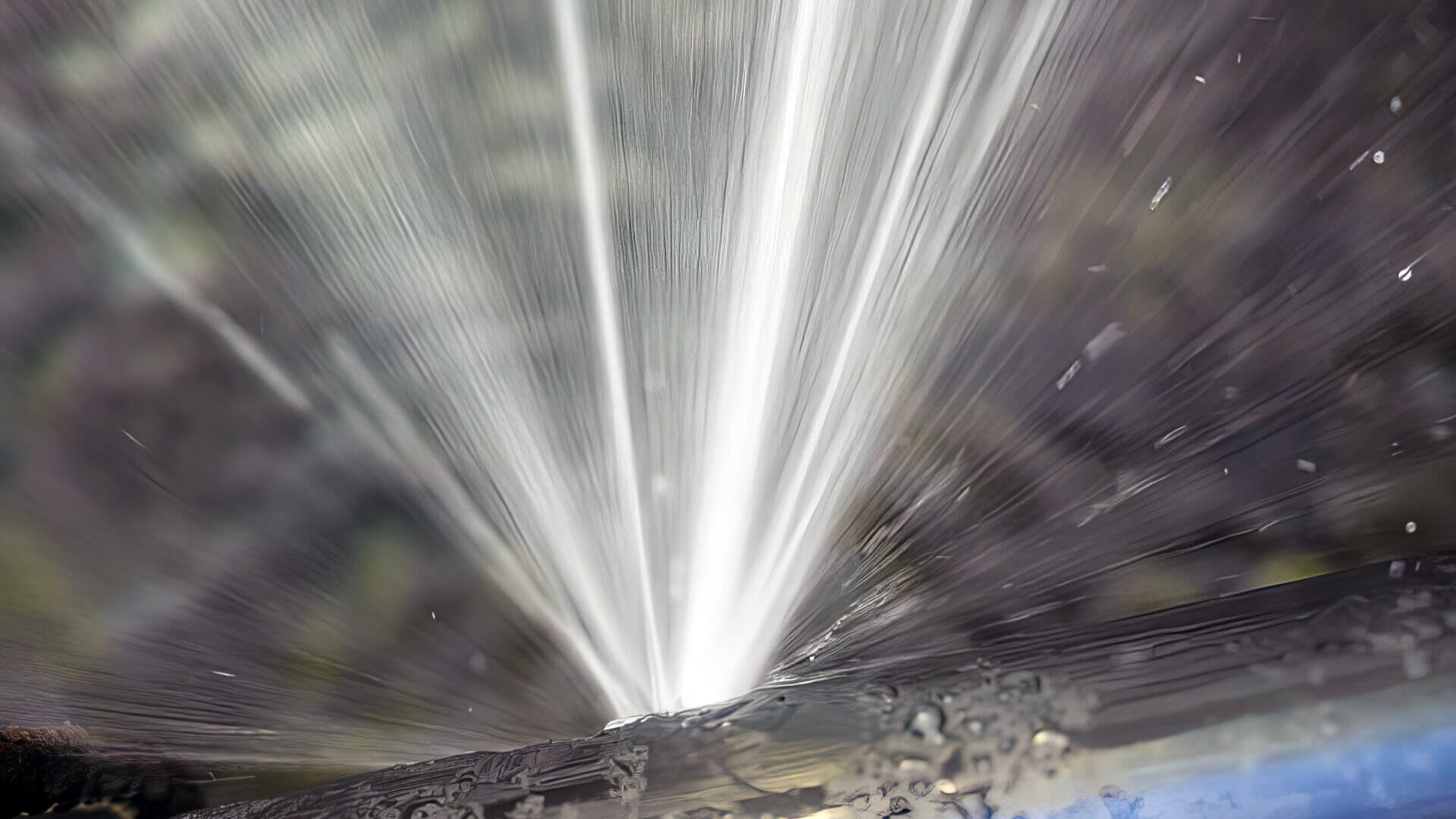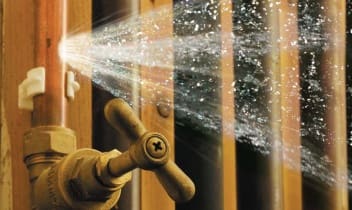How to Fix a Burst Pipe Yourself: A Step-by-Step Guide for Homeowners
How to Fix a Burst Pipe Yourself: A Step-by-Step Guide for Homeowners
Blog Article
Protecting Against Burst Water Lines: Important Tips to Protect Your Plumbing
Avoiding ruptured pipelines is a vital problem for homeowners, especially throughout cooler months when the threat of cold is heightened. Carrying out critical measures such as proper insulation, routine assessments, and keeping regular interior temperature levels can significantly decrease the probability of pipeline failing.
Understand Pipeline Vulnerabilities
Comprehending pipeline susceptabilities is important for efficient pipes upkeep and stopping pricey damages. Numerous variables contribute to the vulnerability of pipes to bursts, including material composition, age, and ecological problems. Older pipelines, especially those made from galvanized steel or polybutylene, commonly break down with time, bring about boosted danger of leaks and ruptures.
Temperature fluctuations can also significantly influence pipe integrity. In colder environments, water caught in pipes can ice up, exerting and increasing pressure on the pipe wall surfaces, which may ultimately bring about a burst. Moreover, high water stress can stress pipes, specifically at bends and joints, increasing the possibility of failure.

Insulate Water Lines Effectively
Proper insulation of pipes is important for protecting against freezing and subsequent bursts throughout cold weather (burst pipe). Protecting your plumbing system successfully safeguards versus temperature level goes down that can bring about pricey damages. Begin by recognizing vulnerable locations where pipelines are revealed to exterior temperature levels, such as cellars, attic rooms, and outside walls
Use foam pipe insulation sleeves or wrap insulation tape around these areas to provide a protective obstacle. Make certain that all areas of the pipelines, particularly those with restricted heat exposure, receive ample insulation. Pay unique interest to joints and fittings, as these are a lot more susceptible to cold.
When shielding, it's crucial to pick materials that satisfy local building regulations and are appropriate for the specific setting. For example, fiberglass insulation is commonly suggested for its thermal resistance residential properties - burst pipe. Additionally, take into consideration utilizing heat wires or tape in severe conditions, which can be connected in to offer supplemental warmth
On a regular basis examine protected pipes for any kind of signs of wear or damages, as compromised insulation can lessen its efficiency. By taking these aggressive steps, you significantly minimize the risk of pipeline ruptureds, guaranteeing a reliable pipes system throughout the winter season.
Maintain Constant Temperature
A steady indoor temperature is necessary for protecting against ruptured pipelines during the cold months. When temperature levels drop, water within pipelines can ice up, increasing and developing stress that might inevitably create the pipelines to ruptured. To alleviate this danger, homeowners need to keep a regular temperature level throughout their space, ideally no less than 55 ° F(13 ° C)Utilizing a programmable thermostat can aid take care of interior temperatures effectively, ensuring that areas with pipes remain cozy also when your home is unoccupied. Pay unique interest to areas that are extra at risk to chilly, such as basements, attic rooms, and garages. Keeping closet doors open under sinks can also permit warmer air from the home to distribute around pipes.
This small circulation of water can prevent freezing by minimizing stress within the pipelines. By carrying out these techniques, homeowners can significantly decrease the threat of pipeline ruptureds and protect their plumbing systems versus the extreme wintertime aspects.
On A Regular Basis Evaluate Plumbing
Routine examinations of plumbing systems are vital for avoiding ruptured pipelines and maintaining general home honesty. During these assessments, it is essential to examine noticeable pipes for signs of deterioration, click this site leaks, or put on.
Furthermore, inspecting connections and joints is crucial, as these points are usually susceptible to leakages. Homeowners ought to additionally examine water stress levels, as too much stress can stress the plumbing system and raise the danger of pipe ruptureds.
Take into consideration organizing specialist plumbing evaluations at the very least once a year, specifically prior to winter months, to ensure your system is prepared for chillier temperatures. By being positive in your strategy, you can protect your home versus the pricey and disruptive repercussions of burst pipelines.
Know Emergency Treatments
Recognizing emergency situation treatments is essential for each home owner, particularly after performing routine pipes examinations. Being planned for a plumbing emergency situation can considerably alleviate damage and conserve expenses. Locate your primary water shut-off valve; it is generally discovered near the water meter or where the main line enters your home. Acquaint yourself with its procedure, as closing off the supply of water swiftly can avoid considerable flooding.
Following, keep helpful resources essential devices handy. go to my blog A plumbing emergency set ought to consist of a wrench, plunger, and towels, as well as a flashlight and a pail for small leaks. Furthermore, think about having the get in touch with information for a relied on plumber readily available, must the circumstance escalate past your control.
If you spot a leak or ruptured pipeline, right away switch off the supply of water and alert your plumbing. Furthermore, record the damage with photos for insurance policy functions. burst pipe. Understand the indicators of potential pipes issues, such as uncommon water stress variations or damp areas on walls
Inevitably, positive knowledge and swift action are important in taking care of pipes emergency situations, guaranteeing your home continues to be protected and lessening prospective damage.

Verdict
Finally, stopping burst pipelines requires a multifaceted technique that consists of understanding pipeline vulnerabilities, correct insulation, keeping regular indoor temperatures, routine inspections, and knowledge of emergency procedures. By applying these essential techniques, the risk of pipes failures can be dramatically lowered, therefore making sure the longevity and effectiveness of the pipes system. Positive actions not just guard against prospective damages however additionally contribute to overall water preservation and the security of home.
In cooler climates, water trapped in pipelines can freeze, expanding and exerting stress on the pipe walls, which might eventually lead to a ruptured. When temperatures decline, water within pipelines can freeze, increasing and creating stress that may ultimately create the pipes to burst. By executing these approaches, house owners can significantly reduce the danger of pipeline ruptureds and safeguard their plumbing systems against the rough winter aspects.

Report this page